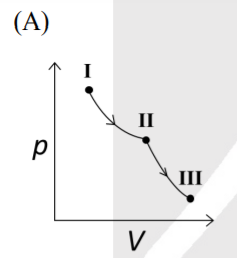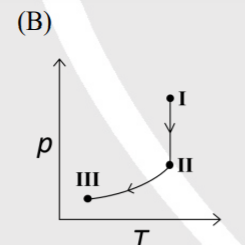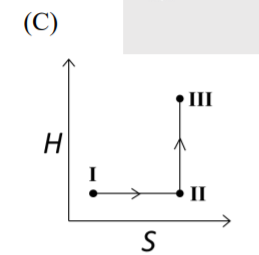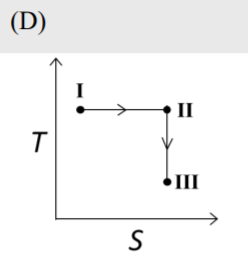A
B
C
D
Text Solution
AI Generated Solution
The correct Answer is:
|
Topper's Solved these Questions
JEE ADVANCED 2020
JEE ADVANCED PREVIOUS YEAR|Exercise SECTION-3|6 VideosView PlaylistJEE ADVANCED 2022
JEE ADVANCED PREVIOUS YEAR|Exercise CHEMISTRY (SECTION-3)|4 VideosView Playlist
Similar Questions
Explore conceptually related problems
Knowledge Check
Similar Questions
Explore conceptually related problems
JEE ADVANCED PREVIOUS YEAR-JEE ADVANCED 2021-QUESTION
- The reaction of Q with PhSNa yields an organic compound(major product)...
09:04
|
Play - The correct statement(s) related to colloids is(are)
08:17
|
Play - An ideal gas undergoes a reversible isothermal expansion from state I ...
05:12
|
Playing Now - The correct statement(s) related to the metal extraction processes is(...
06:19
|
Play - A mixture of two salts is used to prepare a solution S, which gives th...
08:19
|
Play - The maximum number of possible isomers(including stereoisomers) which ...
05:45
|
Play - In the reaction given below, the total number of atoms having sp^2 hyb...
04:51
|
Play - The total number of possible isomers for [Pt(NH3)4Cl2]Br2 is ---------...
03:59
|
Play - The reaction sequence(s) that would lead to o-xylene as the major prod...
09:21
|
Play - Correct option(s) for the following sequence of reactions is(are)
11:03
|
Play - For the following reaction 2X+Y overset(K)rarrP the rate of reacti...
05:23
|
Play - Some standard electrode potentials at 298K are given below: To a ...
08:34
|
Play - The pair(s) of complexes where in both exhibit tetrahedral geometry is...
02:35
|
Play - The correct statement(s) related to oxoacids of phosphorous is(are)
06:42
|
Play - At 298K, the limiting molar conductivity of a weak monobasic acid is 4...
04:26
|
Play - At 298K, the limiting molar conductivity of a weak monobasic acid is 4...
04:26
|
Play - Reaction of xg of Sn with HCl quantitatively produced a salt. Entire a...
04:08
|
Play - Reaction of xg of Sn with HCl quantitatively produced a salt. Entire a...
04:08
|
Play - A sample (5.6g) containing iron is completely dissolved in cold dilute...
03:26
|
Play - A sample (5.6g) containing iron is completely dissolved in cold dilute...
03:26
|
Play



